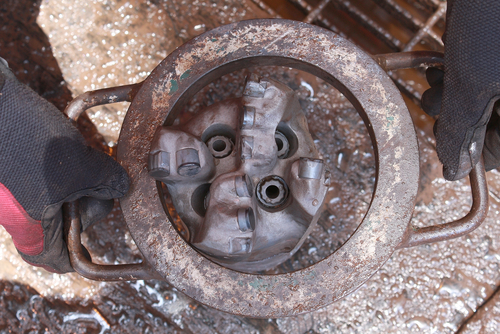One of the biggest concerns of oil and gas well completion is protecting the surrounding environment. This is the source of much opposition from environmentalists, as well as residents and business owners near a well’s location. Cementing is one of the most important steps in the well completion process because it seals off the well from the surrounding environment and provides easy access to the oil and gas lying below the surface.
Why Cement?
Well completion requires materials that will stand the test of time and provide the qualities necessary to protect the surrounding environment, as well as the integrity of the well. Cement makes the ideal solution because of its properties. The viscosity of cement, its thickening time and its overall strength are all contributing factors in the use of this material to fortify and protect the well bore and casing. However, this requires careful cement preparation. It must be thin enough to flow easily into the well shaft, yet thick enough to dry quickly to reduce wait times before the well can be used.
A Precise Process
While the overall oil and gas well completion process is generally the same, there are adjustments that need to be made based on each well’s unique characteristics. Pore pressure, fracture gradient, bottomhole temperature and overall temperature all play a role in creating cement that will work ideally in that particular well. All of these variables must be evaluated prior to creating the cement.
How Is It Used?
Once the casing has been created and inserted into the well bore, it needs to be held in place. The surrounding environment also needs to be protected from oil and gas leaks, as well as other issues that can occur. To create the cement, the wet cement is mixed with a number of additives based on the unique needs of the individual well. The cement is then poured into the space between the well bore and casing. After it has dried, the cement will hold the casing securely into place, as well as prevent the entrance of hydrocarbons into the well. The cement also keeps the oil and gas, as well as any other materials introduced into the well, from seeping into the surrounding environment.
Drilling a well and extracting oil and gas is a complex process that requires numerous stages for the best results. Once of the most important stages is called cementing. During this phase, cement is poured into the well bore to help hold the casing in place and keep the surrounding environment free from contaminants. Cementing can also create a hydraulic seal, provide structural support and keep the casing from corrosion.
If you’re interested in learning more about the well completion process, contact us. Hill Country Exploration helps investors make the smart choices when investing in oil and gas wells across the country.




